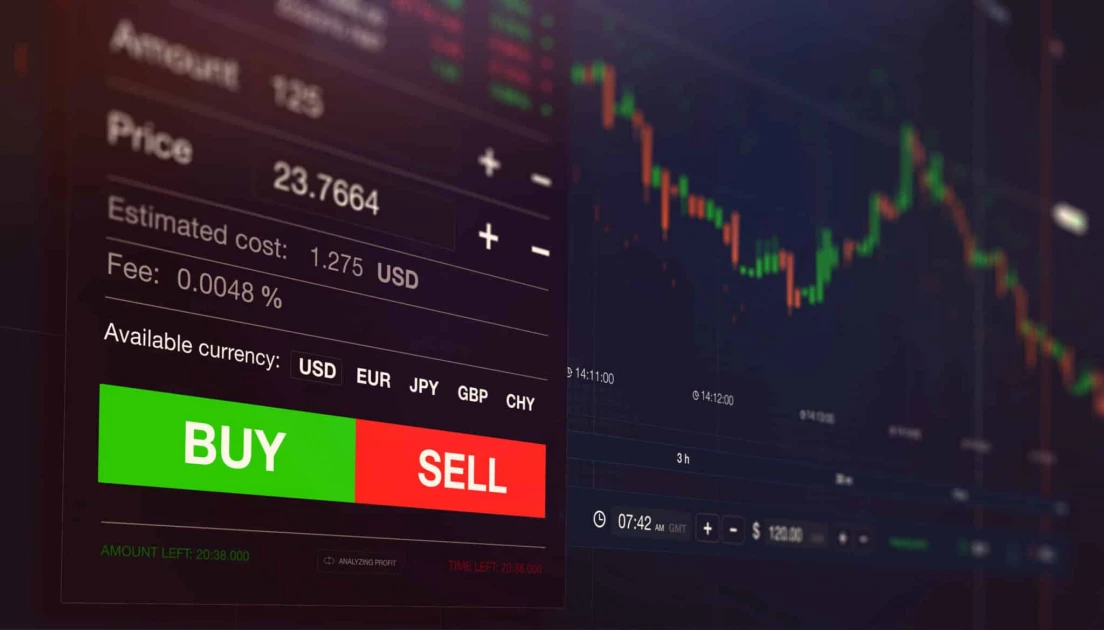How to apply fundamental analysis when trading the Forex market

When trading the Forex market, you
need to decide what kind of analysis you will use in choosing what currency
pair to invest in. Technical analysis and fundamental analysis are the two most
popular ways to analyze the Forex market and make trading decisions.
While technical analysis relies on the price action and other technical trading tools to determine the future direction of an asset, fundamental analysis solely relies on economic, social, and political indicators and factors that might affect the value of an asset.
The great thing today is that when using a reliable, regulated, secure, and professional Forex broker, you’ll have access to numerous trading tools for implementing both types of analyses on your trading platform.
Let’s focus on how to use fundamental analysis when trading the Forex market in this article.
What are the basics of fundamental analysis?
Fundamental analysis is an important
tool for traders and investors since it aims to evaluate the value of a
financial asset via an in-depth assessment of quantitative and qualitative
aspects connected to a company's or country’s
economic and financial health.
The goal is to move beyond a basic analysis of price fluctuation to a thorough examination of all data that will have an impact on a company's operations or a country's growth, today and in the future.
To be able to decide whether or not an investment opportunity is promising, a trader or investor who employs fundamental analysis will have to deeply analyze the fundamentals of the opportunity to determine whether or not it’s currently undervalued (potential buying opportunity) or overvalued (potential selling opportunity) by market participants.
Applied to Forex trading, fundamental analysis mostly relies on studying the
macroeconomic situation (as well as the financial and economic situation) of
different countries to determine which ones have the greater potential.
The supply and demand of currencies in the Foreign Exchange market are influenced by a variety of factors. Growth, inflation, employment, trade, and business confidence & sentiment are among the most significant forces that influence the currency markets, along with monetary policy decisions and the global geopolitical climate.
These data and information might be analyzed on a weekly, monthly, or annual basis. For longer-term analysis, it is important to take advantage of major economic trends or central bank rate announcements. For short-term assessments, the Forex economic calendar will be used extensively to be aware of the moments when major economic statistics are being published.
Many traders using the economic calendar to trade the Forex market will usually wait for an economic statistic to be released to know if the current reading is below or above analyst forecasts. Globally, when the consensus is lower than the actual figures, then the currency should increase in value. Conversely, when the consensus is higher than the announced figures, the given currency should fall against its counterparts.
If you believe a currency pair is going to move upward/downward when a statistic is released, you can open an FX trade before the publication, but it can be a risky move. The most important thing, in that case, is to remember to protect your Forex trading positions with money management rules.
Want to send us a story? SMS to 25170 or WhatsApp 0743570000 or Submit on Citizen Digital or email wananchi@royalmedia.co.ke
Comments
No comments yet.


Leave a Comment